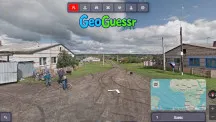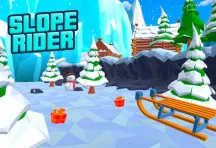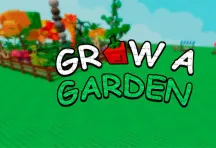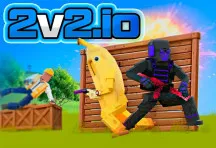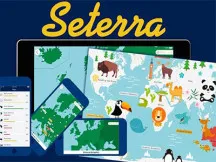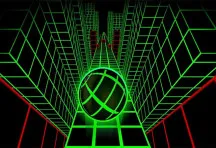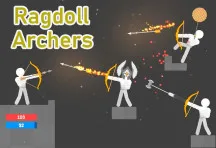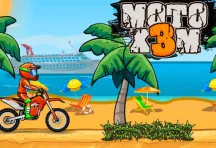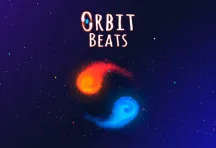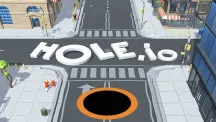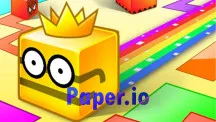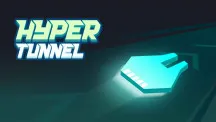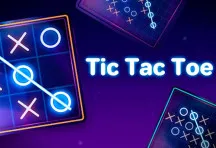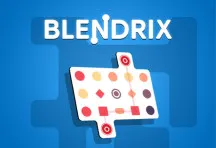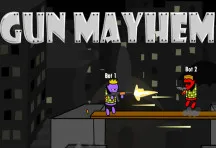Planetarium 2
Planetarium 2 is a fascinating space sandbox game that lets you design, customize, and explore your very own universe. Whether you’re passionate about astronomy or simply love creative simulation games, Planetarium 2 offers an incredible experience where you can build solar systems, design unique planets, and watch them evolve in real-time.
The game provides a hands-on way to understand orbital mechanics, planetary systems, and gravitational effects—all while offering relaxing, open-ended gameplay that invites exploration.
What is Planetarium 2?
Planetarium 2 is a sequel to the popular planet-building sandbox game, offering expanded features, smoother controls, and more customization options. Unlike fast-paced arcade games, Planetarium 2 is about creative freedom and scientific curiosity.
Players can design planets, adjust orbits, and create entire solar systems from scratch. You can also observe how gravitational forces interact, how planetary rotations influence orbits, and even how celestial collisions shape the universe you build.
It’s a highly educational and relaxing game that balances science with creativity.
How to Play Planetarium 2
Select celestial bodies from a menu and place them in your universe.
Adjust planet sizes, masses, orbital speeds, and more.
Watch as planets, moons, and stars interact based on real gravitational principles.
Aim to build orbits that maintain balance without crashing or drifting away.
Whether you’re experimenting with realistic models or creating imaginative systems with dozens of moons, Planetarium 2 offers a sandbox experience that’s as educational as it is enjoyable.
Key Features of Planetarium 2
- Universe Builder: Create unique solar systems, galaxies, and orbital paths.
- Realistic Physics Engine: Gravitational forces and planetary motion are simulated accurately.
- Interactive Simulation: Adjust variables like mass, orbit, and speed in real-time.
- Browser-Based: Play easily on both desktop and mobile devices.
- Custom Design Tools: Control planet appearance, orbital distance, and celestial body types.
- Educational Value: Great for learning about space, gravity, and astronomy.
Tips for Designing Stable Universes
- Balance Masses: Avoid placing planets with extreme size differences too close together.
- Monitor Orbital Speeds: Planets too slow may fall into stars, while those too fast can break orbit.
- Experiment with Distance: Giving planets enough separation reduces the chance of collision.
- Start Simple: Build stable two-planet systems before adding complex moons and satellites.
Why You Should Play Planetarium 2
Planetarium 2 isn’t just a sandbox – it’s a peaceful, immersive experience that encourages learning and creativity. It’s perfect for: Students and teachers interested in astronomy. Fans of simulation and space exploration games. Casual gamers looking for a stress-free creative outlet.
If you enjoy creating and observing, much like in Idle World or mySolar: Build Your Planets, Planetarium 2 will keep you engaged with its endless customization and scientific realism.
Similar Games You May Enjoy
If you like Planetarium 2, you’ll probably find these titles just as fascinating:
Idle World – Build and evolve your own planet step-by-step.
mySolar: Build Your Planets – Create and customize your solar system from scratch.
Solar System Scope – Explore a realistic 3D solar system in an educational simulation.
Planet Hopper – A fast-paced arcade game where you jump between planets.
Each offers unique gameplay that complements the thoughtful, science-driven mechanics of Planetarium 2.
Planetarium 2 is a standout for anyone who loves space, science, or sandbox games that offer freedom without the pressure of timers or high scores. It’s a peaceful, rewarding way to learn about the universe while letting your imagination shape the stars.
